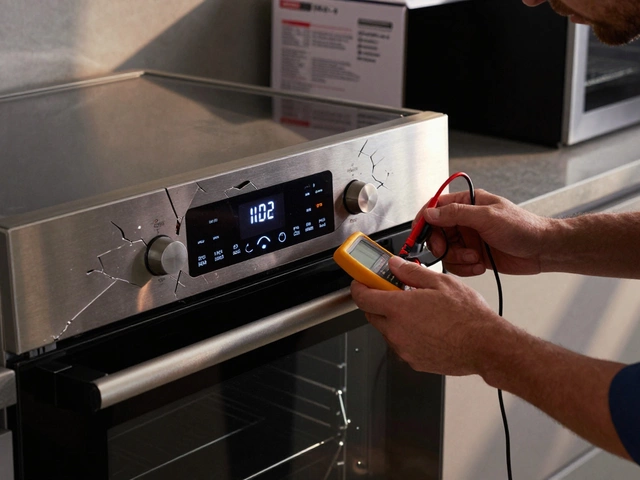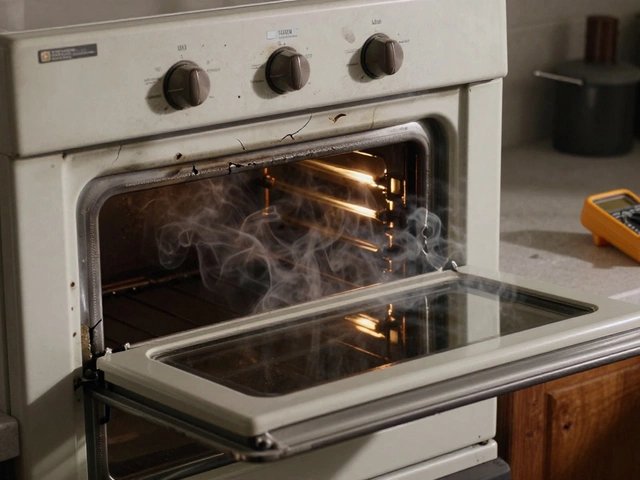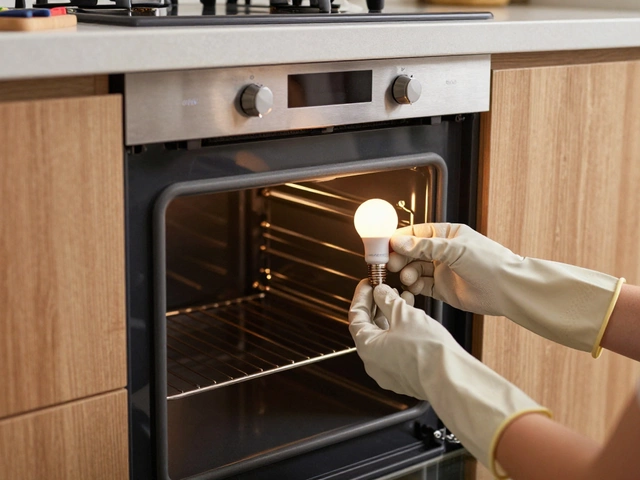Buy a New Oven – Quick Guide to Choosing the Right One
Staring at a stubborn oven and wondering if it’s time for a new one? You’re not alone. Many homeowners wrestle with the repair‑or‑replace decision, especially when the cost starts to climb. This guide walks you through the signs that it’s time to buy a new oven, the features that matter today, and smart ways to keep the price down.
Know When Repair Isn’t Worth It
If your oven is over ten years old and the repair bill is approaching half the price of a brand‑new model, it’s probably smarter to replace. Look for recurring problems – a heating element that quits every few months, a thermostat that never reaches the set temperature, or an electronic board that flashes error codes. When the same part fails repeatedly, you’re paying for a band‑aid instead of a solution. Also, if the oven leaks water, makes strange noises, or the door won’t close properly, those are red flags that the core components are wearing out.
Features That Matter in 2025
Today’s ovens do more than bake and broil. A convection fan can cut cooking time by up to 30 %, while an energy‑star rating saves on electricity bills. Self‑cleaning options are handy, but they add cost – decide if you really need a pyrolytic clean or if a basic steam clean will do. Smart ovens let you control temperature from your phone, but check that the Wi‑Fi feature works with your home network before you buy. Finally, think about size: a 30‑inch model fits most kitchens, but a narrow 24‑inch can be a lifesaver in tight spaces.
When you compare models, write down the wattage, cooking modes, and any extra accessories like pizza stones or grill racks. Those details affect both performance and price.
How to Keep the Cost Down
Start by checking sales around major holidays – many retailers cut 15‑20 % off the tag price. Don’t ignore outlet stores or online marketplaces; they often carry last‑year’s stock at a discount, and the specs are usually still solid. Look for free delivery and installation offers – a cheap oven can become pricey if you pay extra for a pro to hook it up.
Warranty matters too. A two‑year parts‑and‑labour guarantee is standard, but some brands offer three‑year coverage for an added fee. That extra peace of mind can save you money if something fails early.
Installation Tips You Can Trust
Even the best oven won’t perform right if it’s installed wrong. Make sure the outlet matches the oven’s voltage (most UK ovens need a 13‑amp socket). If you’re swapping a gas oven, you’ll need a qualified gas engineer – never try to hook up gas yourself. For electric models, a simple test with a multimeter can confirm the circuit is live before you plug in.
Finally, give the oven a quick run‑in before you start cooking for guests. Heat it to 500 °F for 30 minutes; this burns off any factory residues and lets you check that the thermostat holds steady.
Buying a new oven doesn’t have to be a headache. By spotting when repair costs outweigh benefits, focusing on the features you actually use, and hunting for deals, you’ll end up with a reliable, efficient appliance that fits your kitchen and your budget.
4 July 2025
·
0 Comments
Breaking down whether it's cheaper to fix your oven or buy a new one with practical insights, honest advice, and real repair vs. replacement costs.
Read more






